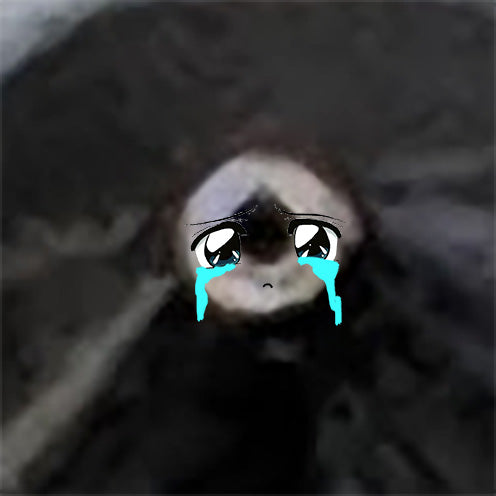There’s been some consternation about the appearance of NozzleX orifice holes and tips. We’ve had a very good look into this and have to conclude that what is being seen here is an optical artefact, that presents itself due to the shiny and dark appearance of NozzleX coatings.
Lots of users have been posting images of nozzles where their orifices look decidedly oval, not round or off centre.
Take this image for example:


Things don’t look great! An exaggerated drawing of what we might perceive here:


The nozzle doesn’t appear centred, perhaps shifted down and to the left, and the orifice doesn’t appear round, with the area at 3 O’Clock appearing blown out, like a wandering drill bit or machining error.
While smartphones are great at being many things, dimensional inspection equipment is not one of them.
If we take this exact same nozzle and place it under a proper optical dimension inspection microscope like the one we use here at E3D for quality control we get an image like this:

In this case a Keyence IM6025 - these work by using “telecentric” calibrated optics. The important part of what these microscopes do is completely eliminate perspective error, as well as having light that can be controlled and angled to eliminate glare. The image captured is fed into some neat machine vision that detects edges and allows us to precisely measure dimensions.


That’s a diametric error of 1.2um - aka 0.0012mm, and a circularity error of 4.4um. Not bad at all.
Here’s another non-potato image screen captured from the inspection system:



This is not an isolated case, it’s the same story throughout. Let's take some 0.25mm nozzles, which due to their smaller size appear even worse under the smartphone camera as we’re approaching resolution limits.


Check out that guy on the left! It looks almost square! What are these guys at E3D playing at!


But once again, when we get the part under actual inspection equipment the story is a little different:



7um Diametric error, with 6um of concentricity error.
Appearances can be very deceiving, the shiny surface that also possesses a dark hue with a somewhat uneven aesthetic appearance, perspective, light angles and the amount of image processing that goes on in a smartphone camera produce results that are a far cry from what is seen when that same part is placed under actual calibrated equipment designed for the job.
None of this is to say that we don’t make errors, that our parts are 100% perfect every time or that nothing ever slips through QC. We’re always happy to take back parts that don’t seem right, and if you’re having a problem printing please let us know. We just feel that a lot of what is being reported may be false alarms resulting from over-analysis combined with the difficulty and ambiguity of inspecting these parts.
